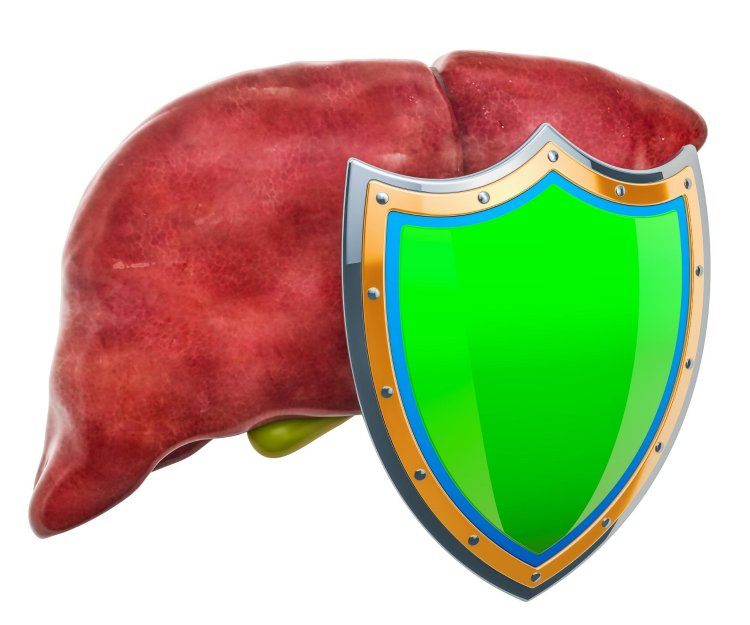Types of Liver Cysts
Liver cysts can be classified into several categories:
Simple Cysts
The most prevalent type, simple cysts are typically benign and contain clear fluid. They arise from developmental anomalies in the bile ducts and are usually asymptomatic.
Polycystic Liver Disease (PLD)
PLD is a genetic disorder characterized by numerous cysts scattered throughout the liver. It can occur as an isolated liver condition or in conjunction with autosomal dominant polycystic kidney disease (ADPKD).
Hydatid Cysts
These cysts result from infection by the Echinococcus granulosus or Echinococcus multilocularis tapeworms. Hydatid cysts are more common in regions where the parasite is endemic and can cause significant health issues if they rupture or become infected.
Cystadenomas and Cystadenocarcinomas
These rare cystic tumors can occur in the liver. Cystadenomas are benign but have malignant potential, whereas cystadenocarcinomas are malignant and necessitate prompt treatment.
Biliary Hamartomas (Von Meyenburg Complexes)
These are small, benign clusters of dilated bile ducts that may resemble cysts on imaging studies.
Causes and Pathogenesis
The etiology of liver cysts varies with their type:
Simple Cysts
Believed to originate from aberrant bile duct development during embryogenesis.
PLD
Caused by mutations in the PKD1 or PKD2 genes, which are also responsible for ADPKD.
Hydatid Cysts
Result from ingestion of Echinococcus eggs, typically via contaminated food or water.
Cystadenomas/Cystadenocarcinomas
Arise from neoplastic transformations within the liver.
Biliary Hamartomas
Thought to be congenital malformations of the biliary ducts.
Clinical Presentation
Most liver cysts are asymptomatic and discovered incidentally. However, when symptoms do occur, they may include:
- Abdominal Pain or Discomfort: Particularly in the right upper quadrant.
- Bloating or Fullness: Especially with large cysts.
- Nausea and Vomiting: Occasionally seen with larger or complicated cysts.
- Jaundice: Rare, but possible if cysts compress the bile ducts.
Diagnostic Approach
Diagnosis of liver cysts typically involves imaging studies:
- Ultrasound: Often the first imaging modality used, it can identify cysts and assess their characteristics.
- Computed Tomography (CT) Scan: Provides detailed images of the liver and can help differentiate between simple cysts and more complex lesions.
- Magnetic Resonance Imaging (MRI): Useful for detailed characterization of cystic lesions and planning surgical interventions if needed.
- Serologic Tests: Particularly for hydatid cysts, serologic tests can detect antibodies against Echinococcus.
- Aspiration and Analysis: In some cases, cyst fluid may be aspirated for cytological and biochemical analysis to rule out malignancy or infection.
Treatment Options
Management of liver cysts depends on the type, size, symptoms, and potential complications:
- Observation: Asymptomatic simple cysts typically do not require treatment but should be monitored periodically.
- Aspiration and Sclerotherapy: For symptomatic simple cysts, aspiration followed by injection of a sclerosing agent can prevent recurrence.
- Surgical Intervention: Indicated for large, symptomatic, or complicated cysts. Surgical options include laparoscopic or open cyst fenestration, and in the case of cystadenocarcinomas, liver resection may be necessary.
- Antiparasitic Therapy: For hydatid cysts, antiparasitic drugs such as albendazole are used alongside surgical management.
- Transarterial Embolization (TAE): Occasionally used in cases where surgery is not feasible.
Prognosis and Follow-Up
The prognosis for individuals with liver cysts is generally favorable, especially for those with simple cysts. Regular follow-up is crucial for monitoring potential changes in cyst size or characteristics and for managing any complications that arise. In patients with PLD or cystadenocarcinomas, long-term follow-up is essential to monitor for progression and manage symptoms effectively.
In conclusion, liver cysts, while commonly benign, require a nuanced understanding of their various types, causes, and management strategies. Asymptomatic cysts typically do not necessitate intervention, but symptomatic or complicated cysts may require a range of therapeutic approaches. Ongoing research and advancements in imaging and minimally invasive techniques continue to improve the management and outcomes for patients with liver cysts.
Disclaimer
The information provided in this article is for educational purposes only and should not be considered medical advice. If you have any health concerns or are experiencing symptoms, it is important to consult with a healthcare professional, such as a doctor or clinic, for proper diagnosis and treatment. Always seek the advice of your doctor or other qualified health provider with any questions you may have regarding a medical condition. Do not disregard professional medical advice or delay in seeking it because of something you have read in this article.
#livercysts #healthcare #medicaladvice #liverhealth #diagnosis #treatment #healthtips






















